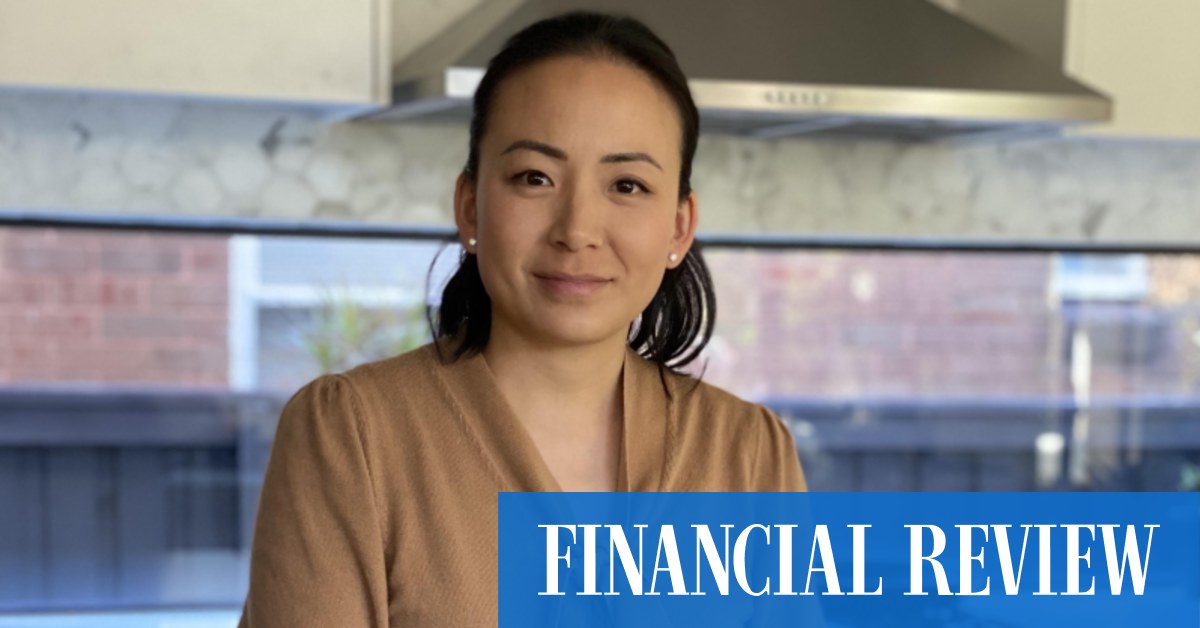“From an organisational aspect it was quite smooth, although rearranging your program to work in a digital format is complex and requires a skill set that not everyone has,” Chung Lee says.
Teachers are putting in longer hours to digitise lessons and dream up ways to make content “tasty” for students in a remote learning environment.
Burgis says one of the lessons learned from last year was that replicating the on-campus day in a remote learning environment was unsustainable.
“Learning and teaching online is far more physically and emotionally demanding than face-to-face teaching. Both teacher and students need time to rejuvenate and power up again,” Burgis says.
Positive aspects
Like many schools, PLC Sydney introduced initiatives such as Power Up or Wellness Wednesdays, as well as Just Be days, where students are given a variety of activities that allow them to stay connected without being constantly online such as reading a book, offering an act of kindness to others, helping around the home, doing photography, cooking or drawing.
Many schools have adopted a format of 15- to 20-minute instruction at the start of lessons before allowing students to break into small discussion groups in an effort to replicate the collaborative and less structured aspects of classwork.
Despite the disruption and extra workload, educators are keen to retain aspects of online learning once on-campus schooling resumes, such as running whole-of-year seminars on Zoom.
The King’s School English teacher Marisa Behrens says remote learning has presented a unique opportunity to examine what high-impact instruction looks like and for students to hone their autonomous learning abilities.
“Students, and parents as well, are seeing us more as facilitators of learning. Rather than perceiving their teacher as the fountain of knowledge and themselves as passive receivers of information, we’ve seen a shift in the boys’ perception as they’ve embraced instances of autonomous learning. It has allowed them to be comfortable confronting what they do not understand and instead of saying ‘I don’t get it’ they are asking, ‘What do I already know that could help me understand this?’ or ‘What question do I need to ask to better understand this?’” Behrens says.
She is already contemplating how to maintain this when face-to-face classes resume.
“We’ve noticed students are trusting their own ability to problem-solve and one of the best developments we’ve seen from remote learning is the fact that the boys have become more confident in their own ideas and are further privileging their personal voice in their work. It has nurtured that critical thinking which is crucial to long-term learning,” Behrens says.
Dr Burgis says the tendency towards transactional thinking – just getting tasks done – has been a particular challenge of online learning.
“We learn by mimicking what others desire. We see how a girl receives praise for her writing or mathematical thinking, and we aspire to receive praise. We may even copy the movement of a hand on a violin or the way a ball is passed. In a remote learning environment, we are not able to see what others desire. We are not as easily able to modify what she does and experiment with it. Life becomes more transactional. It is tiring because the creative process is invigorating,” he says.
The lack of human cues and body language is also making it more difficult for educators to assess how students are tracking and identify any additional support they require.
“We use these cues to assess where students are at in their learning needs. Behind a screen it becomes harder to judge,” Behrens says.
For Burgis one of the big takeaways from remote learning is that technology is a “support act” to education.
“It can and has assisted us during the COVID crisis. However, alongside it, we need a deeply human education system that focuses on meaning and on who we are as people. We celebrate face-to-face learning, personal relationships, and our connection with the community,” he says.
